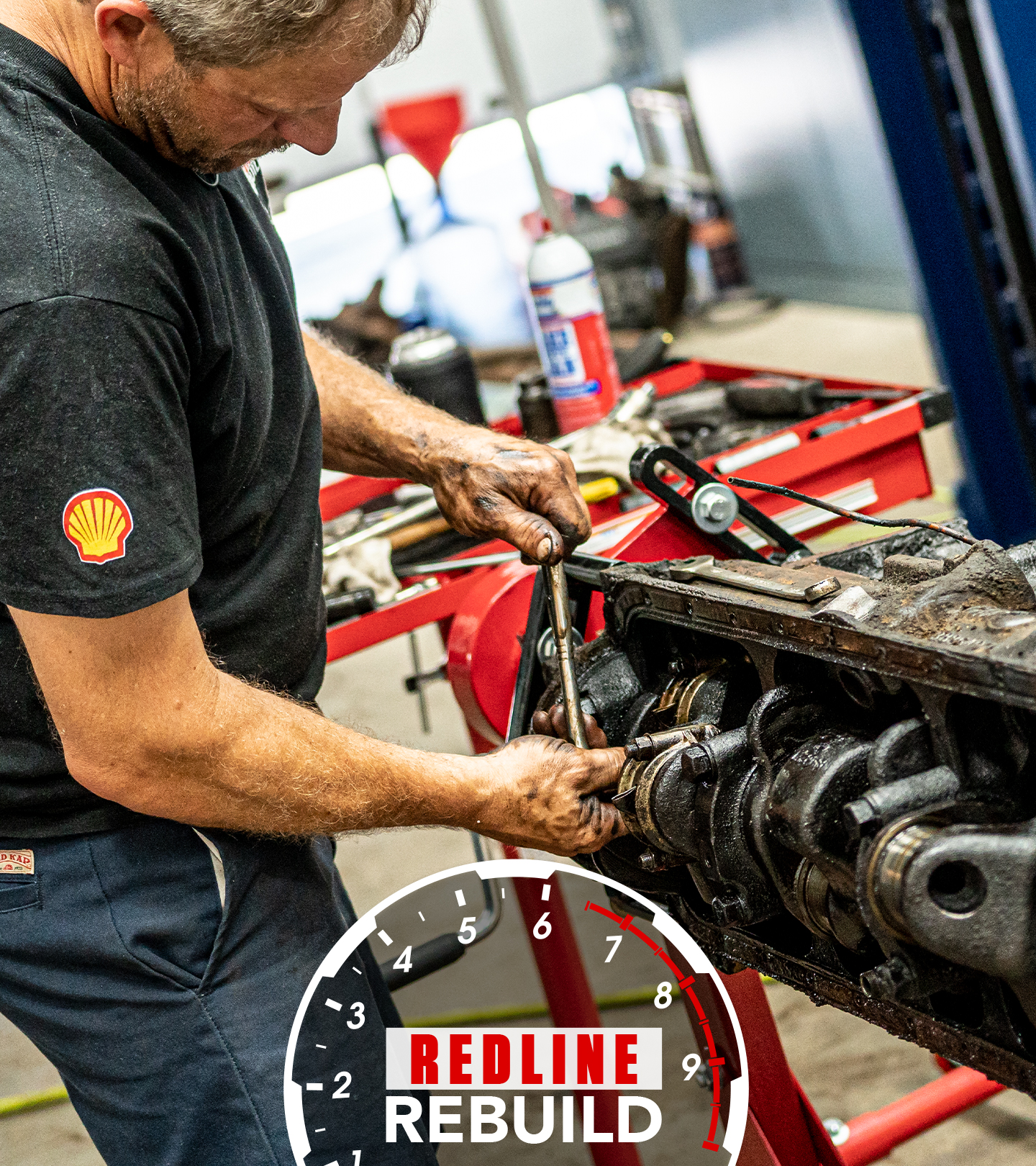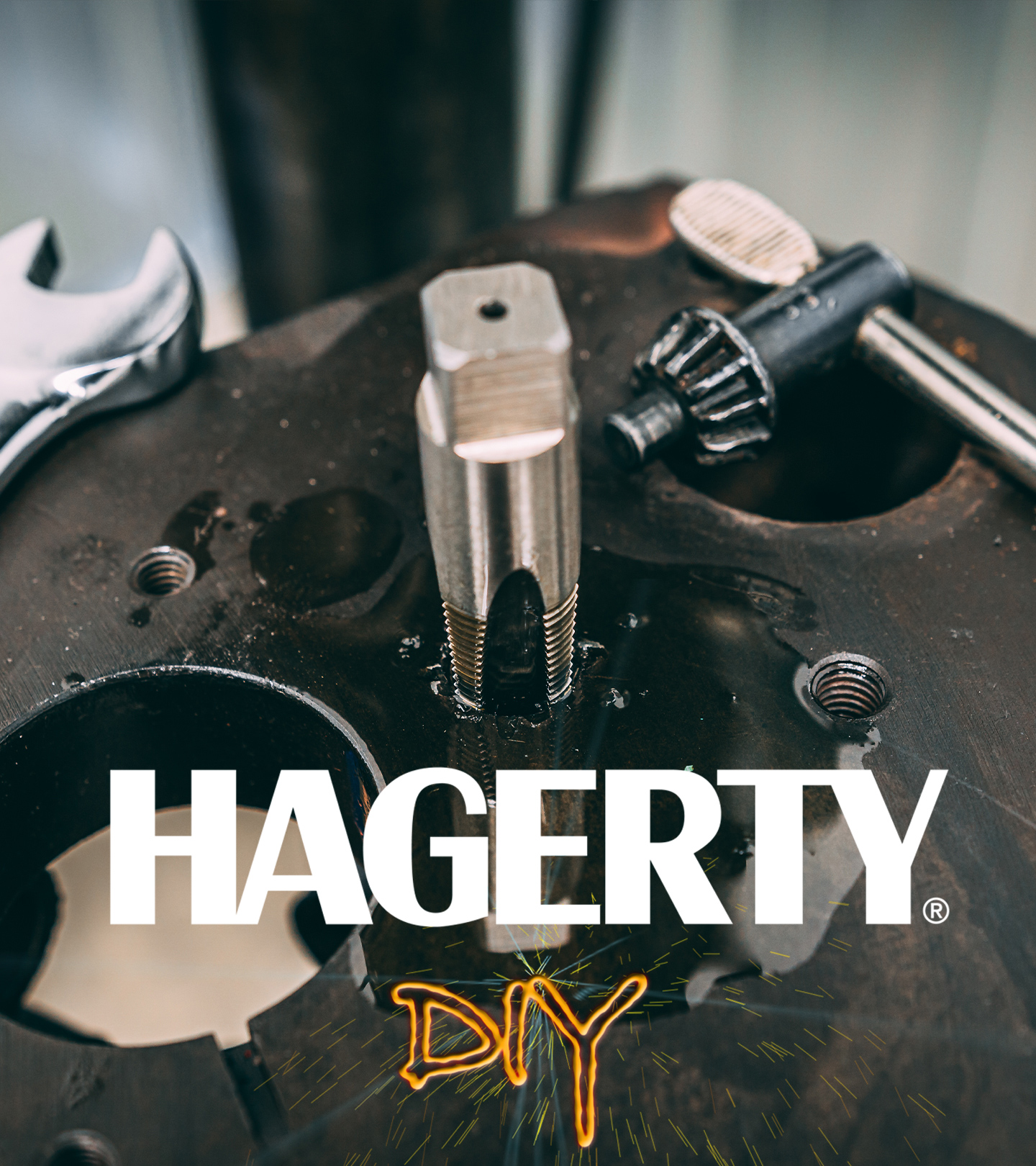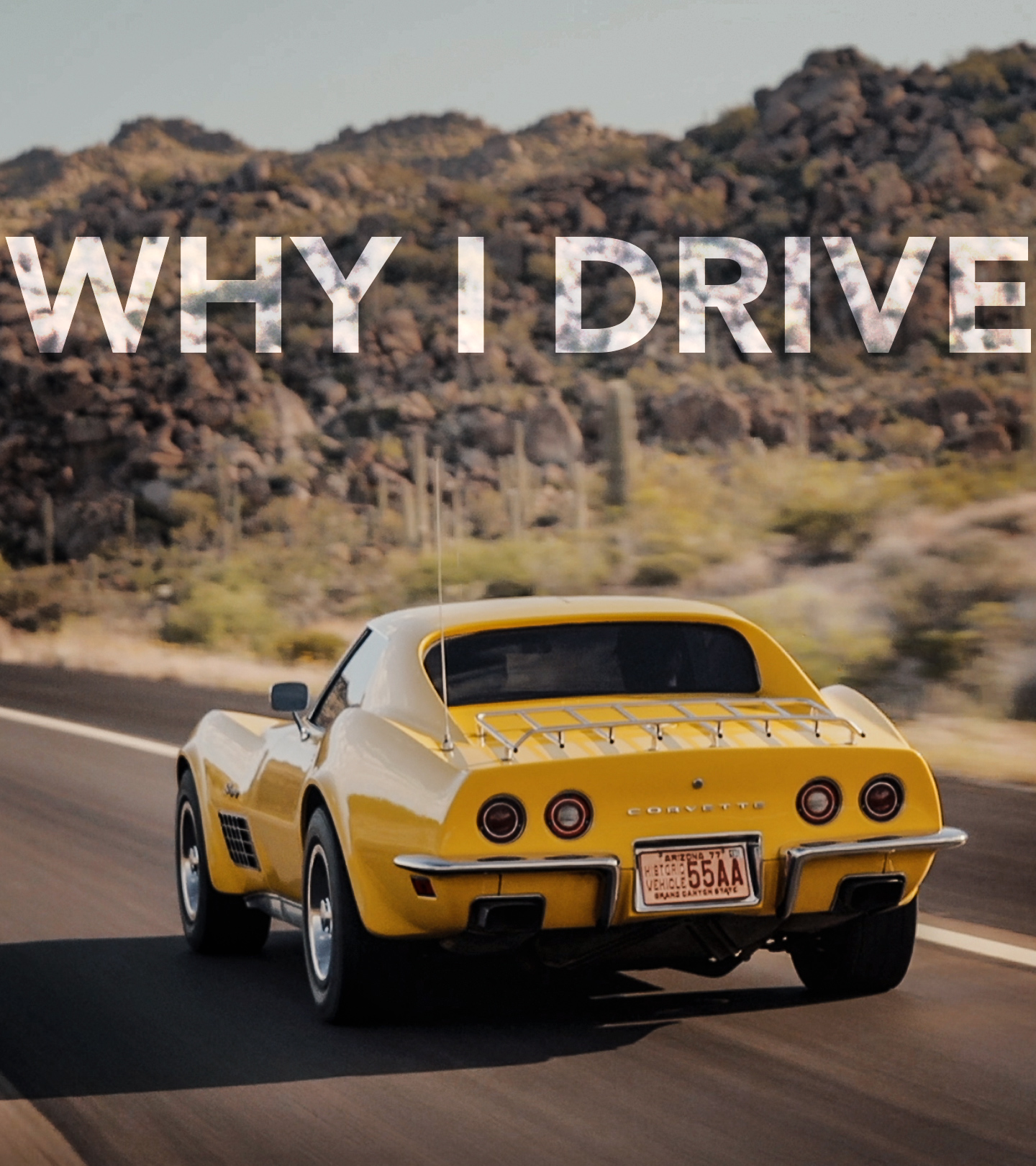Enjoy Season 2 stories, opinion, and features from across the car world - Hagerty Media
This Love of Cars episode is called ‘Buckin’ Bronco’ in honor of the launch of the all-new Ford Bronco!
Special guests include:
- Seth Burgett, Founder of Gateway Bronco
- Quenton Nelson, Offensive Guard Indianapolis Colts
- James D Farley Jr, COO of Ford Motor Company
- 1
- /
- 3
Next episodes
You may also like

Redline Rebuild
183 Episodes

Barn Find Hunter
142 Episodes

Daily Driver
109 Episodes

Hagerty DIY
42 Episodes

Why I Drive
41 Episodes






